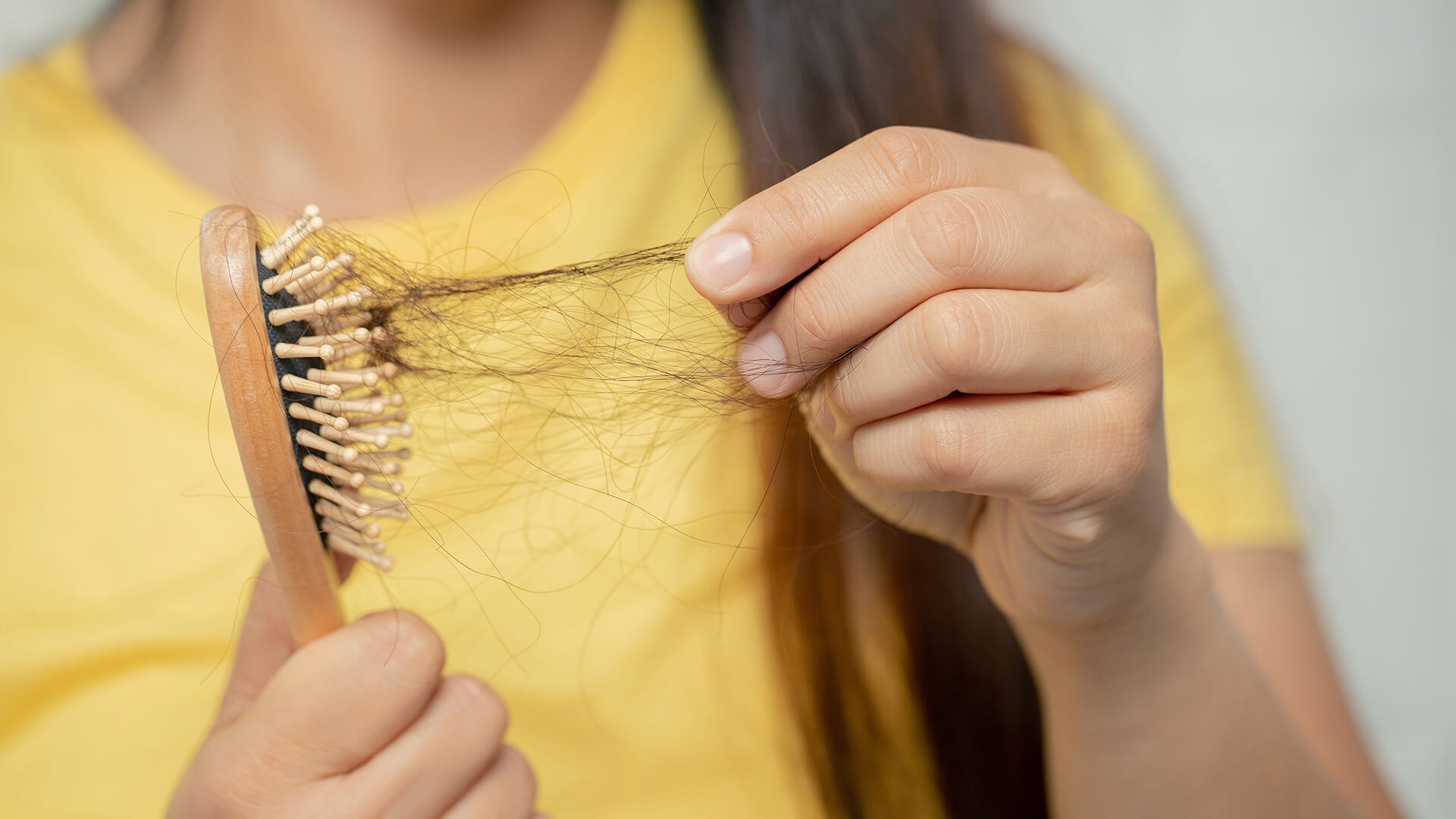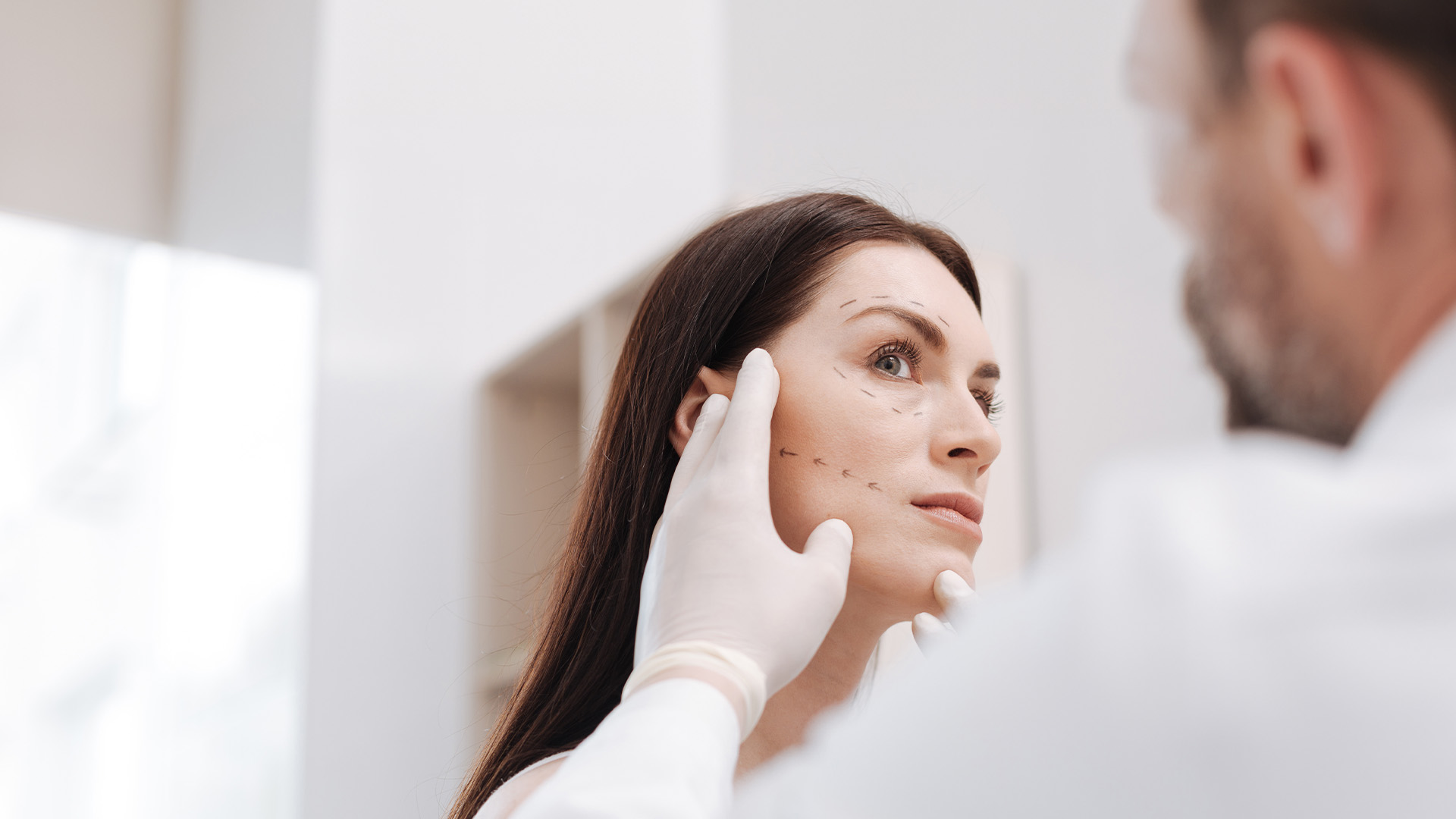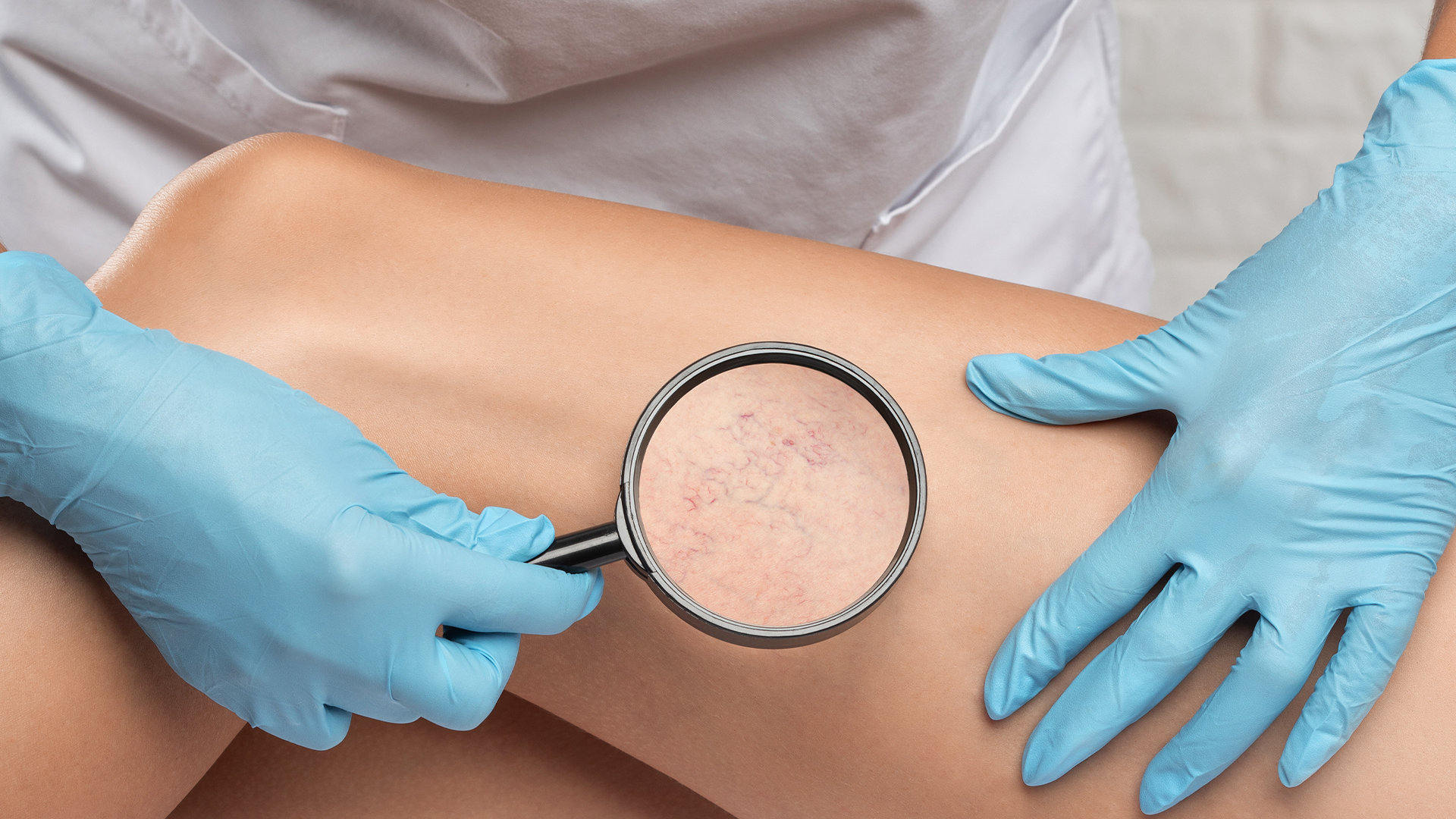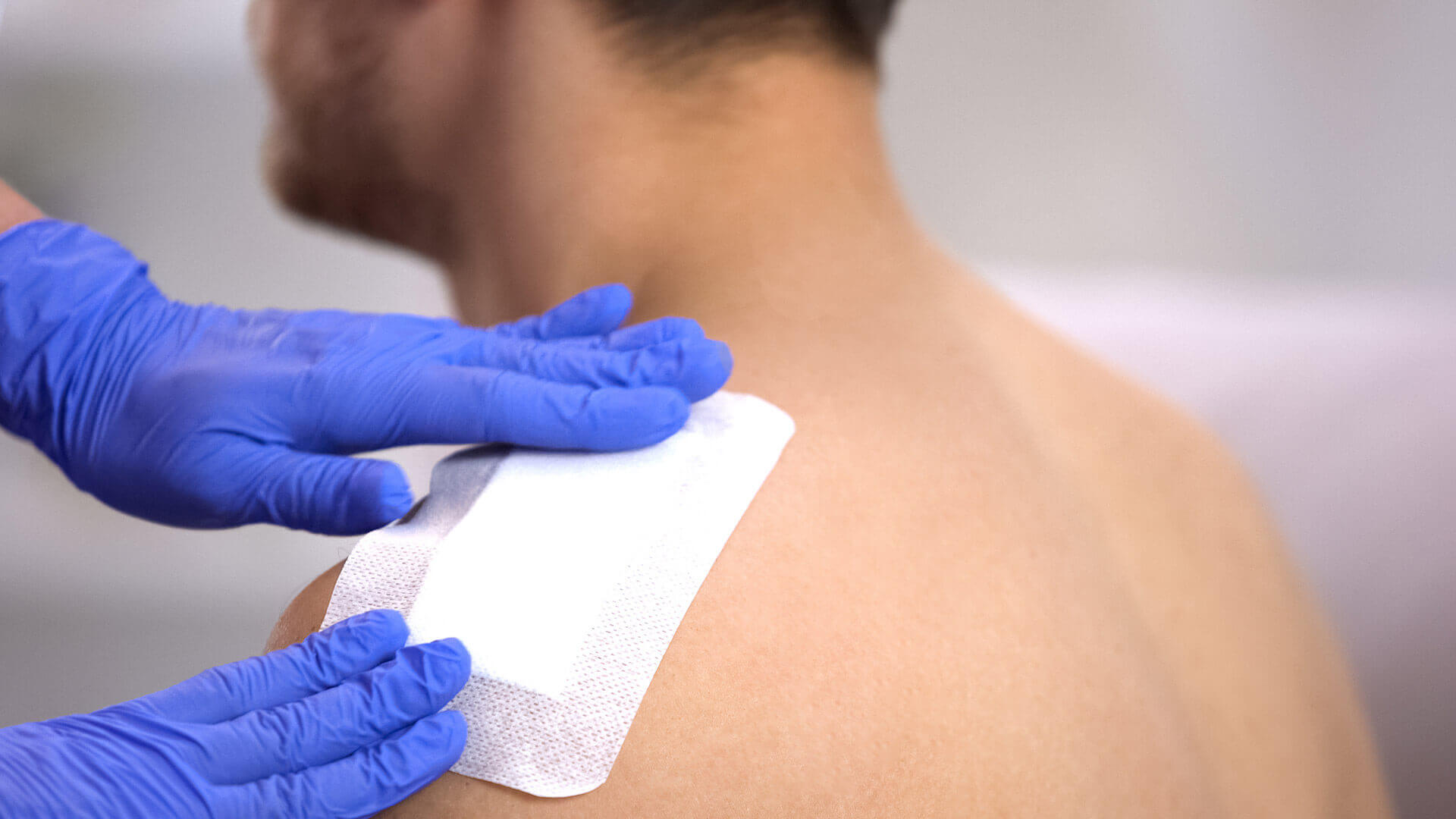Up to 40% of the population experiences abnormal hair loss at some point in their lives. Although this is relatively common, many people have doubts about the causes and available treatment. Find out everything you need to know about hair loss.
What is hair loss?
Hair loss, also known as alopecia, occurs when hair falls out excessively. While it is normal to lose some hair every day (around 50 to 120 strands), it’s natural to have doubts and concerns when larger amounts of hair start to appear in your hairbrush, shower drain or even on your pillow.
Hair loss can affect anyone, regardless of age or gender, and it can afflict different parts of the scalp. Although this is not a serious health problem, it can have considerable impact on self-esteem. For many people, hair is an important part of their identity, and watching it fall out can be a difficult experience.
What are the types of hair loss?
There are several types of hair loss, characterised by how they occur.
Androgenetic alopecia
This is the most common type of hair loss. Androgenetic alopecia results from a combination of genetic and hormonal factors, whereby the hair becomes progressively thinner, especially at the crown and temples. Although this condition is more common in men, women can also suffer from this type of hair loss.
Telogen effluvium
This type of hair loss is often triggered by physical or emotional stress, such as surgery, serious illness or postpartum. Unlike androgenetic alopecia, which is gradual, telogen effluvium can appear suddenly, presenting more scattered and temporary hair loss. Hair tends to fall out in large quantities, but not in specific areas.
Self-induced hair loss (trichotillomania)
This type of alopecia is caused by a person’s behaviour. Trichotillomania is a psychological disorder, where the person feels an irresistible urge to pull their own hair out, causing baldness. This compulsion can be triggered by anxiety, stress or other psychological conditions, and treatment often involves a multidisciplinary approach between a dermatologist and psychiatrist and/or psychologist to help the person control the hair-pulling impulse.
Alopecia areata
This is the least common and most unpredictable type of hair loss, resulting from the body’s autoimmune response. The immune system attacks hair follicles, resulting in well-defined bald patches of varying shapes, on the scalp or other parts of the body.
Alopecia totalis
Alopecia areata can progress to alopecia totalis, where hair loss is not limited to small areas, but spreads to the whole scalp. Alopecia totalis results in total hair loss, leaving the person completely bald. It is critical for a patient with this type of alopecia to be examined by a dermatologist as soon as possible, to prevent the condition from progressing.
Alopecia universalis
This is the most extreme type of alopecia, with hair loss extending beyond the scalp and affecting the whole body. In alopecia universalis, body hair also disappears, such as eyebrows, eyelashes, beard and hair on other parts of the body. Like alopecia areata and alopecia totalis, this type of alopecia is an autoimmune condition, and hair loss can be total and permanent. As with alopecia totalis, it is critical for a patient with this type of alopecia to be examined by a dermatologist as soon as possible, to prevent the condition from progressing.
What are the causes of hair loss?
Hair loss has several causes, and usually involves more than one factor.
Genetics
Genetics is undoubtedly one of the principal causes of hair loss. For example, in the case of androgenetic alopecia, people with a family history of baldness are more likely to be susceptible to androgenetic alopecia.
Hormonal changes
Hormones play a key role in hair growth. Hormonal changes, like those that occur during pregnancy, menopause or due to thyroid conditions, can trigger hair loss. For example, many women experience pronounced hair loss following childbirth, as their hormone levels return to normal.
Stress
Situations involving major stress, such as surgery, serious illness or even a challenging emotional event, can cause substantial hair loss. This tends to be temporary, but can be alarming while it lasts.
Nutritional deficiency
If the body does not get the nutrients it needs, like iron, zinc, biotin or complex B vitamins, hair can start to weaken and fall out. An unbalanced diet or problems absorbing nutrients can be the direct causes of hair loss. Furthermore, overly strict diets or rapid weight loss can also trigger hair loss.
Autoimmune disorders
In some cases, the immune system can mistake hair follicles for foreign invaders and attack them, leading to hair loss. Some autoimmune disorders, such as lupus, can cause hair loss.
Medication
Some drugs cause hair loss as a side effect. Chemicals used to treat cancer, such as chemotherapy, can cause temporary hair loss, but other drugs, such as those taken for hypertension, depression or heart disease, can also affect hair growth. If hair loss begins after starting a new treatment, it’s important to consult your dermatologist to assess if this can be related.
Aggressive cosmetic procedures
The frequent use of strong chemicals, like those found in dyes, straighteners and perms, can weaken hair and lead to hair loss. Furthermore, overusing heated tools, such as blow dryers, hair straighteners or heated stylers, can also damage hair. Even tight hairstyles, like ponytails and braids, can lead to hair loss if used too frequently.
What are the symptoms of hair loss?
Aside from the most obvious symptom – hair loss – others can also occur.
Hair thinning
One of the first signs that something may be wrong is gradually thinning hair. This can go unnoticed in the beginning. In the case of androgenetic alopecia, in men it usually starts at the temples and crown, while in women, hair thins across the whole scalp, especially on the crown.
Localised bald patches
Another symptom that can occur is the appearance of bald patches. These areas, usually small and circular, are typical of alopecia areata. One or more bald patches can suddenly appear on the scalp, beard, eyebrows or other parts of the body.
Sudden hair loss
In some cases, hair loss can occur abruptly and in large quantity. It’s common to find large amounts of hair in your hands, hairbrush or in the shower drain.
Weak and brittle hair
This symptom is less obvious, but equally important. If hair starts to weaken and break easily before reaching its regular length, or becomes dry and brittle, this can be a sign that something is affecting your hair health and that it may start falling out soon.
Itchy or irritable scalp
Although hair loss itself does not cause physical discomfort, some people experience an itchy or irritable scalp before noticing any hair loss. Several types of alopecia present this type of symptoms; therefore, it is essential to consult your dermatologist in these situations.
Treatment for hair loss
The treatment for hair loss depends on the underlying cause and the type of alopecia in question. It’s important to remember that not all treatments are suitable for all types of hair loss. It’s essential to consult a dermatologist to determine the most effective treatment for each individual case. Often, the combination of several approaches can provide better results.
Topical medication (direct application)
One of the most common treatments for hair loss is the use of topical solutions, such as minoxidil, applied directly to the scalp.
Oral medication
There are also oral drugs that can help fight hair loss, especially when this is related to hormonal changes. Finasteride is one example of medication used to treat androgenetic alopecia. When prescribed and monitored by a dermatologist, this treatment can be quite effective for androgenetic alopecia.
Laser therapy
Certain lasers have been studied to treat some types of alopecia, namely androgenetic alopecia. Laser is believed to stimulate hair follicles and promote hair growth. Given the encouraging results achieved, this type of therapy can be applied in certain cases, as an aid.
Microneedling
Microneedling is a procedure that creates micro-punctures on the scalp’s surface. These controlled skin injuries stimulate the healing process, increase collagen production and release growth factors that can regenerate hair follicles and promote new hair growth. Although this may seem intimidating, the procedure is well-tolerated and can be effective, especially when combined with topical medication, as this technique increases the penetration and efficacy of the products applied.
Hair transplant
This treatment is only recommended for certain types of alopecia and should only be considered after the condition has stabilised. When the correct diagnosis has been established, the dermatologist will develop an individual treatment plan; once hair loss has been controlled, the dermatologist will determine whether the patient is a good candidate for a hair transplant. This procedure involves removing hair follicles from a donor site (usually the back of the head, where hair is more resistant to hair loss) and transplanting them to the bald sections. The results can look extremely natural and the transplanted hair continues to grow normally over time.
How to prevent hair loss?
Preventing hair loss can be challenging, as not all causes are totally avoidable. However, there are several strategies and habits that can help keep hair healthy and reduce the risk of excessive hair loss.
Keep your hair clean
Dirt can block hair follicles and affect healthy hair growth. Wash your hair regularly with a suitable shampoo and avoid overusing styling products, as these can lead to scalp buildup.
Take care of your scalp
Avoid washing your hair with very hot water, as this can dry and damage your scalp. Gently massaging your scalp while bathing can help improve circulation and stimulate hair follicles.
Avoid aggressive chemicals
The frequent use of chemicals, such as dyes and perms, can weaken hair. Whenever possible, choose less aggressive products and avoid dramatic changes in hair colour or texture. If you need to use chemicals, space out applications so that your hair has time to recover.
Protect your hair from heat
Whenever possible, let your hair dry naturally. Use blow dryers at low temperatures and keep them at a safe distance from your hair. It’s also good to apply a heat protectant to minimise damage.
Brush your hair carefully
Use a wide-toothed comb for brushing wet hair, as it is more likely to break when damp. Avoid tight hairstyles, like ponytails and braids, which can cause traction and lead to hair loss.
Consult a dermatologist regularly
Consulting a dermatologist or a trichologist regularly can help identify hair conditions before they become serious. If you notice any change in your hair’s growth pattern or signs of excessive hair loss, seeking medical help early can facilitate diagnosis and treatment.




